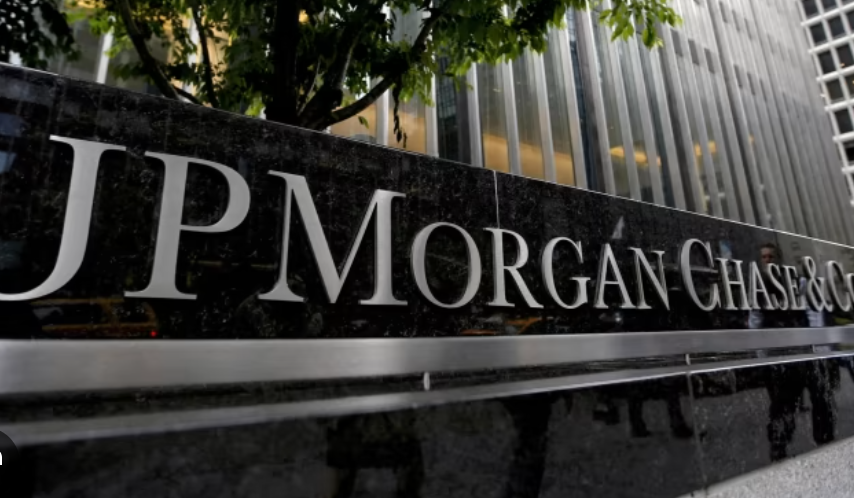#JPMorgan #StressTests #HigherInterestRates #FinancialHealth #ConsumerStrain #BankingIndustry #EconomicIndicators #FinancialServices
JPMorgan Chase & Co., one of the largest and most influential financial institutions in the world, has recently passed a series of stress tests, showcasing its robustness and stability in the face of various economic challenges. These stress tests, designed to evaluate how banks can withstand severe economic downturns, have been a pivotal aspect of regulatory measures since the 2008 financial crisis. By passing these tests, JPMorgan has demonstrated its capacity to maintain operational resilience and financial solvency, even under theoretical dire economic conditions. However, the flip side of the current economic landscape presents a nuanced challenge, not directly for the bank itself but for its consumers.
The global economic environment has been increasingly influenced by rising interest rates, a measure taken by central banks to curb inflationary pressures. While these adjustments are necessary from a macroeconomic perspective, they carry consequential impacts for consumers, particularly those with variable interest rate debts such as mortgages, car loans, and credit cards. As interest rates climb, the cost of borrowing inevitably rises, leading to increased financial strain on consumers who may find their disposable incomes shrinking as a larger portion of their earnings goes towards servicing debt.
For JPMorgan, the concern is not so much about its immediate financial health—given its successful navigation through the stress tests—but about the potential long-term implications of a financially strained consumer base. Higher interest rates can lead to a rise in default rates as borrowers struggle to keep up with their repayments. This, in turn, could affect the bank’s loan portfolios, potentially leading to higher provisions for credit losses. Furthermore, consumer spending, a significant driver of economic activity, could slow down, impacting various sectors of the economy and, by extension, the bank’s diverse range of financial services, from consumer banking to investment services.
The situation underscores the interconnectedness of monetary policy, consumer financial health, and banking sector stability. While JPMorgan’s resilience is commendable, the broader economic implications of higher interest rates merit close monitoring. The bank, like others in the industry, will have to navigate these challenges by possibly adjusting its lending practices, bolstering support for affected consumers, and continuously assessing the risk landscape. As the economic environment evolves, JPMorgan’s strategic response to these developments will be instrumental in maintaining its financial health and supporting its consumer base through potentially turbulent times.







Comments are closed.